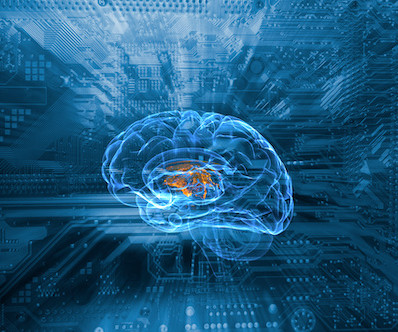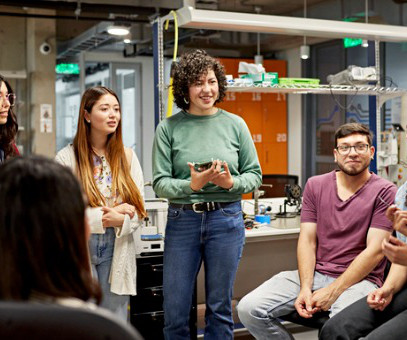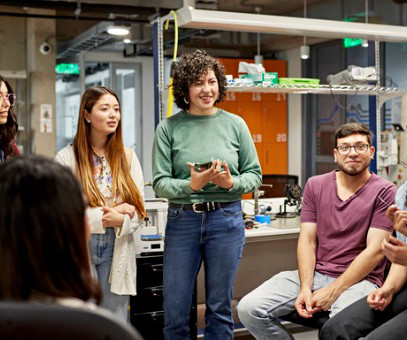What are the Benefits and Risks of Artificial Intelligence in Education?
eSchool News
FEBRUARY 5, 2024
Key points: Balancing innovation with ethical considerations is crucial to harness the full potential of AI for the betterment of education Learn about the impact of artificial intelligence in education Discover more about why AI in education is essential for learning The integration of AI in education brings both benefits and risks.















Let's personalize your content